When it comes to importing goods from China to Peru, understanding the intricacies of sea freight is essential for successful logistics management. Sea freight is a popular choice for businesses due to its cost-effectiveness, capacity for large volumes, and relatively lower environmental impact compared to air transport. This comprehensive guide will walk you through the entire shipping process, covering essential topics such as shipping methods, routes, required documentation, customs clearance, and calculating shipping costs and times. Whether you are a seasoned importer or new to international shipping, this guide aims to equip you with the knowledge necessary to navigate the complexities of sea freight, allowing for a smooth and efficient import experience.
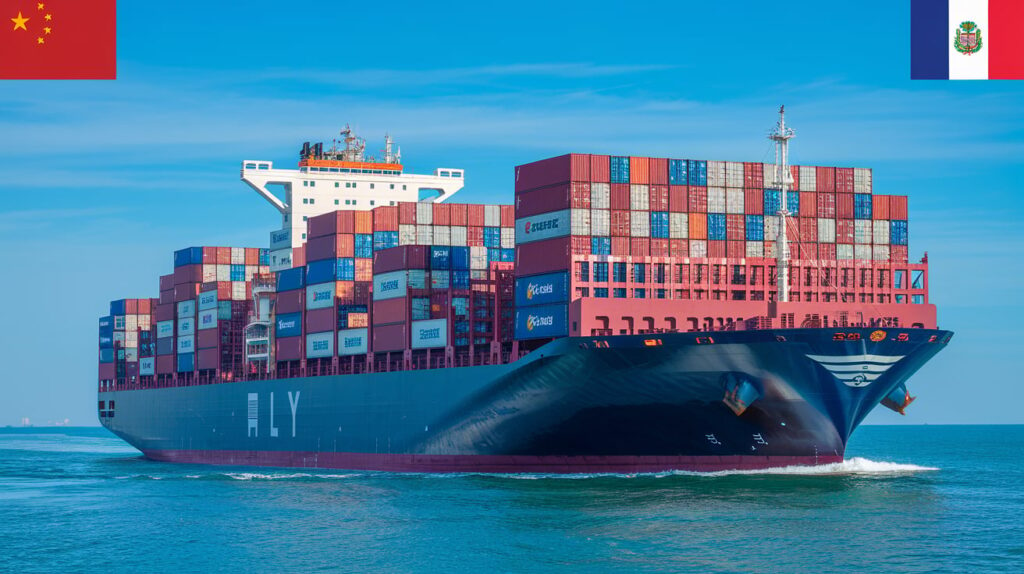
Understanding Sea Freight
Sea freight refers to the transportation of goods via ocean vessels, primarily suited for international shipping. This method is widely adopted by businesses engaged in importing goods due to its cost-effectiveness and ability to handle large volumes of cargo. Sea freight can include various types of shipping arrangements, such as Full Container Loads (FCL) and Less than Container Loads (LCL), catering to different business needs.
Why Choose Sea Freight?
Cost-Effective: One of the main advantages of sea freight is its lower shipping costs compared to air freight. For businesses importing large quantities, the savings can be substantial. According to a report by the International Maritime Organization (IMO), sea freight is approximately 4-6 times cheaper than air freight for bulky items.
-
Environmental Impact: Sea freight is often considered a more environmentally friendly option compared to air freight. According to data from the World Shipping Council, shipping by sea produces about 15-30 times less carbon dioxide per ton of cargo than air transport.
-
Capacity for Heavy Loads: Sea vessels can accommodate heavy and oversized cargo that may not be suitable for air freight. This capability is essential for industries such as construction and manufacturing, where materials often require significant weight allowances.
-
Flexible Shipping Options: Sea freight provides a myriad of options ranging from Full Container Load (FCL) to Less than Container Load (LCL) services. Depending on shipment size and timing, businesses can select the most suitable option that aligns with their logistics strategy.
Benefits of Sea Freight for Importing Goods
-
Economical for Bulk Shipping: For companies importing goods in large quantities, sea freight offers a significant advantage due to lower shipping rates. A comparative analysis illustrates how sea freight rates can be up to 90% less than those of air freight for similar payloads.
-
Global Reach: Sea freight allows businesses to tap into global markets, as it connects to various ports worldwide, facilitating trade with multiple countries.
-
Reliability: Despite potential delays due to weather or port congestion, sea freight is generally considered reliable, with shipping schedules being largely predictable compared to air freight.
-
Variety of Cargo: Sea freight can accommodate a vast range of cargo types, including dry goods, liquids, and perishables when utilizing specific containers such as reefers.
Insurance Availability: Insurance services are readily available for sea freight shipments, providing an added layer of security for businesses. Dantful International Logistics offers comprehensive Insurance Services to safeguard your investments during transit.
Key Considerations for Shipping from China to Peru
When planning to ship goods from China to Peru, understanding the complexities involved is essential. This section elaborates on the shipping methods, shipping routes, required documents, and customs clearance processes.
Shipping Methods
The most common shipping methods for this route include:
-
Full Container Load (FCL): Ideal for businesses with large shipments, FCL ensures that an entire container is reserved for a single shipment, maximizing space and minimizing per-unit costs.
-
Less than Container Load (LCL): Best suited for smaller shipments, LCL consolidates cargo from multiple shippers into a single container, allowing for cost savings on smaller loads.
-
Roll-on/Roll-off (RoRo): This method is suitable for vehicles or heavy machinery that can be driven on and off the ship, offering an efficient shipping solution for those specific products.
Shipping Routes
Several key shipping routes connect China to Peru. The most common include:
- Shanghai to Callao: This route is frequently utilized for shipments headed to Peru’s main port, Callao, serving as an important hub for international trade.
- Shenzhen to Terminal Norte, Callao: Another significant shipping route that facilitates the importation of goods directly into Peru.
| Shipping Route | Estimated Transit Time | Port of Origin | Destination Port |
|---|---|---|---|
| Shanghai to Callao | 20-30 days | Shanghai | Callao |
| Shenzhen to Callao | 20-28 days | Shenzhen | Callao |
Required Documents
To ensure a smooth shipping process, the following documents are typically required:
- Bill of Lading: A detailed document provided by the shipping company, indicating the type and quantity of goods being shipped.
- Commercial Invoice: This document includes details of the sale between the buyer and seller, including pricing and terms of sale.
- Packing List: A detailed list of the contents of each package, necessary for customs clearance.
- Import Permit: Depending on the type of goods, an import permit specific to Peruvian regulations may be necessary.
- Certificate of Origin: This document certifies the origin of the goods, which can affect tariffs applied at customs.
Customs Clearance
Navigating customs can be one of the more challenging aspects of importing goods. Here are critical considerations:
-
Customs Duties and Taxes: Import duties may vary based on the type of goods. It’s advisable to consult with customs brokers or Dantful International Logistics’ Customs Clearance services to understand applicable tariffs.
-
Compliance with Peruvian Regulations: Ensuring compliance with local regulations is crucial. Each product may have specific import restrictions or requirements that need to be met.
-
Documentation Accuracy: Errors in documentation can lead to delays or penalties. Working with experienced freight forwarders, such as Dantful, can significantly reduce the risk of complications during customs clearance.
By choosing Dantful International Logistics for your shipping needs from China to Peru, you benefit from a Highly Professional, Cost-effective And High-quality, One-Stop International Logistics Service Provider For Global Traders. Our expertise encompasses every aspect of freight forwarding, ensuring that your import experience is seamless and efficient.
READ MORE:
- Shipping From China to the United States
- Shipping From China TO Canada
- Shipping From China TO Mexico
- Shipping From China to Panama
- Shipping From China to Costa Rica
- Shipping From China to Brazil
- Shipping From China TO Colombia
- Shipping From China to Jamaica
- Shipping From China to Venezuela
Major Ports for Sea Freight
Top Chinese Ports for Exporting to Peru
China, as a major global manufacturing hub, has several ports that facilitate the export of goods to international destinations, including Peru. The top ports for sea freight from China to Peru include:
- Shanghai Port:
- The largest and busiest port in China, Shanghai handles a significant volume of international trade. Its extensive logistics network supports efficient shipping operations to ports in Peru, making it a preferred choice for exporters.
- Shenzhen Port:
- Known for its proximity to major manufacturing centers, Shenzhen is an ideal port for exporting electronics and other consumer goods to Peru. The port offers modern facilities and quick turnaround times for shipping.
- Ningbo Port:
- This port ranks among the top ten in the world for container throughput. Ningbo’s strategic location connects it to vast production areas in Zhejiang province, making it a crucial port for goods exported to Peru.
- Guangzhou Port:
- With its significant trade volume, Guangzhou serves as a key port for various commodities. Its connection to manufacturing regions ensures a steady flow of goods bound for Peru.
- Tianjin Port:
- As a major northern port, Tianjin is instrumental for exports originating from northern China. The port’s capabilities make it a suitable option for shipping to Peru.
| Port Name | Location | Notable Features |
|---|---|---|
| Shanghai Port | East China Sea | Highest container throughput; Extensive logistics network |
| Shenzhen Port | South China Sea | Proximity to tech manufacturing; Quick turnaround |
| Ningbo Port | East China Sea | Top ten globally; Strong industrial base |
| Guangzhou Port | South China Sea | Diverse commodity export; High trade volume |
| Tianjin Port | Bohai Sea | Key northern trade hub; Strong export capabilities |
Key Peru Ports for Imports
Upon arrival in Peru, the following ports are instrumental for receiving imports, ensuring that goods from China are efficiently handled and distributed:
- Callao Port:
- Callao is the primary port serving the capital city, Lima. It is the busiest port in Peru, handling approximately 80% of the country’s foreign trade, making it a critical gateway for imports from China.
- Salaverry Port:
- Located in Trujillo, Salaverry serves as an important alternative for shipments to northern Peru. It is gaining prominence for its capacity to handle bulk goods and containers.
- Pisco Port:
- Although smaller, Pisco Port is vital for specific regional imports. It is increasingly being used for certain types of cargo, particularly for goods headed to the southern regions of Peru.
- Ilo Port:
- Serving the southern part of the country, Ilo Port is strategically located for receiving shipments intended for the mining and agricultural industries.
- Matarani Port:
- Matarani is another key port in southern Peru, mainly focused on handling bulk cargo and facilitating trade for regional industries.
| Port Name | Location | Notable Features |
|---|---|---|
| Callao Port | Lima | Main port for 80% of Peru’s foreign trade |
| Salaverry Port | Trujillo | Important for northern shipments |
| Pisco Port | Ica | Gaining prominence for regional imports |
| Ilo Port | Moquegua | Key for mining and agriculture imports |
| Matarani Port | Arequipa | Focused on bulk cargo |
The Sea Freight Shipping Process Step-by-Step
Navigating the sea freight process involves several critical steps to ensure a smooth transition of goods from China to Peru. Below are the detailed stages of the shipping process:
1. Obtaining a Freight Quote and Booking
-
Providing Shipment Details to the Freight Forwarder: Businesses must communicate the specifics of their shipment, including cargo type, volume, dimensions, and desired departure dates, to the freight forwarder.
-
Agreeing on Shipping Terms and Rates: The freight forwarder will provide a quotation based on the shipment details. It is essential to review the terms of service, including Incoterms (International Commercial Terms) that define responsibilities for shipping costs, insurance, and risks.
-
Confirming the Booking: Once terms are agreed upon, the shipper will confirm the booking, securing the necessary space on a vessel.
2. Cargo Pick-Up and Delivery to the Port
-
Arranging for Cargo Pick-Up from the Supplier: The next step involves coordinating with the supplier in China to prepare the cargo for transportation.
-
Transporting the Goods to the Port of Departure in China: After pick-up, the goods will be transported to the designated port, ensuring they arrive in time for the scheduled shipping.
3. Export Customs Clearance in China
-
Submitting Required Documents: The freight forwarder will submit the necessary documentation to Chinese customs, including the Bill of Lading, Commercial Invoice, and Packing List.
-
Paying Export Duties and Taxes: Any applicable export duties must be settled to facilitate the clearance process.
4. Loading and Ocean Transportation
-
Loading the Cargo onto the Vessel: Once cleared, the cargo is loaded onto the ship. Cargo handling equipment and trained personnel ensure that the loading process is efficient and safe.
-
Transit Time from China to Peru: Depending on the shipping route, the transit time typically ranges from 20 to 30 days.
5. Import Customs Clearance in Peru
-
Submitting Import Documents: Upon arrival, the freight forwarder will manage the submission of required import documents to Peruvian customs.
-
Paying Import Duties and Taxes: Import duties vary based on the type of goods. Ensuring compliance with Peruvian customs regulations is crucial to avoid delays.
6. Cargo Unloading and Delivery to the Final Destination
-
Unloading the Cargo at the Port of Arrival in Peru: Once customs clearance is achieved, the cargo is unloaded from the vessel.
-
Arranging for Final Delivery to Your Warehouse or Facility: After unloading, the freight forwarder will coordinate the delivery of the cargo to the specified location, be it a warehouse or directly to the business facility.
By leveraging the expertise of Dantful International Logistics, businesses can streamline the shipping process from China to Peru, ensuring efficient handling of each step, from booking to final delivery. Dantful provides tailored solutions, including Customs Clearance, Warehouse Services, and Door-to-Door Shipping, making it a trusted partner for your international logistics needs.
Shipping Costs from China to Peru by Sea Freight
Understanding the cost structure associated with shipping goods from China to Peru via sea freight is vital for businesses looking to optimize their logistics budgets. This section provides a detailed breakdown of sea freight costs and offers practical tips for reducing shipping expenses.
Breakdown of Sea Freight Costs
When calculating the total costs for sea freight from China to Peru, several key components come into play:
- Freight Charges:
- The primary cost factor is the freight charge, which varies based on the shipment’s weight and volume. Generally, larger shipments benefit from lower per-unit costs. Freight rates for Full Container Load (FCL) shipments are typically lower than Less than Container Load (LCL) due to the efficiency of utilizing an entire container.
- Fuel Surcharge:
- A fuel surcharge is often applied to account for fluctuations in fuel prices. This additional fee can vary based on current oil prices and shipping line policies.
- Terminal Handling Charges (THC):
- These charges cover the services provided at the port, including loading, unloading, and handling of containers. THC can differ significantly between ports, so it’s important to factor this into the overall cost.
- Customs Clearance Fees:
- Importers must budget for customs clearance fees, which include paperwork processing and any fees charged by customs brokers. Dantful International Logistics offers Customs Clearance services that streamline this process and reduce potential delays.
- Insurance Costs:
- While optional, purchasing cargo insurance is advisable to protect against potential losses or damages during transit. The cost of insurance typically depends on the value of the goods being shipped.
- Storage and Warehousing Fees:
- If cargo requires temporary storage upon arrival, warehousing fees may apply. These costs can add up if the cargo remains in storage for extended periods.
| Cost Component | Description |
|---|---|
| Freight Charges | Cost based on shipment weight and volume |
| Fuel Surcharge | Additional fee based on fuel price fluctuations |
| Terminal Handling Charges (THC) | Fees for port services |
| Customs Clearance Fees | Charges for processing import documents |
| Insurance Costs | Optional protection against cargo loss |
| Storage and Warehousing Fees | Costs for temporary cargo storage |
Tips for Reducing Shipping Expenses
- Choose the Right Shipping Method:
- Opt for Full Container Load (FCL) for larger shipments, which typically yields better rates compared to Less than Container Load (LCL). Conversely, for smaller shipments, consolidating items can save costs.
- Negotiate Rates:
- Engage multiple freight forwarders and negotiate rates. Leveraging competitive quotes can lead to favorable shipping terms and reduced costs.
- Plan Ahead:
- Booking shipments well in advance enables access to lower rates and better availability of space on vessels. Additionally, planning for off-peak shipping seasons can result in lower costs.
- Optimize Packaging:
- Efficient packaging that maximizes container space can reduce shipping costs. Minimize empty space within containers to ensure you are paying for shipping the least amount of air.
- Use a Reliable Freight Forwarder:
- Partnering with an experienced freight forwarder like Dantful International Logistics can help navigate cost-effective shipping solutions and avoid unexpected fees.
Shipping Times from China to Peru by Sea Freight
Understanding shipping times is crucial for planning inventory and meeting customer demands. This section outlines the expected transit times for sea freight and factors that can affect delivery schedules.
Port-to-Port Delivery
Typical Transit Times for Major Port Pairs
Transit times between major ports can vary based on shipping routes and schedules. Below are typical transit times for common routes from China to Peru:
| Shipping Route | Estimated Transit Time | Port of Origin | Destination Port |
|---|---|---|---|
| Shanghai to Callao | 20-30 days | Shanghai | Callao |
| Shenzhen to Callao | 20-28 days | Shenzhen | Callao |
| Ningbo to Callao | 22-32 days | Ningbo | Callao |
| Guangzhou to Callao | 24-34 days | Guangzhou | Callao |
Factors Affecting Port-to-Port Delivery Times
-
Weather Conditions: Adverse weather can lead to port congestion or delays in loading and unloading.
-
Shipping Line Schedules: Variability in shipping line schedules can affect transit times. Utilizing reliable shipping partners can minimize this risk.
-
Customs Processing: Customs clearance procedures in both China and Peru can introduce delays. Ensuring that all documentation is accurate and complete is essential.
-
Port Congestion: High traffic at ports can lead to delays in cargo handling. Selecting ports with efficient operations can mitigate this issue.
Door-to-Door Delivery
For businesses seeking convenience, door-to-door delivery offers an all-inclusive shipping solution that encompasses the entire process from the supplier in China to the final destination in Peru.
Estimated Delivery Times
- Typical door-to-door delivery times range from 25 to 40 days, depending on the distance from the port to the final destination, customs clearance processing times, and the efficiency of the logistics provider.
Advantages of Door-to-Door Delivery
-
Convenience: This service simplifies logistics by handling all aspects of transportation, including pick-up, shipping, customs clearance, and final delivery.
-
Reduced Risk of Delays: Utilizing a single logistics provider for the entire process reduces miscommunication and enhances accountability.
-
Real-Time Tracking: Many door-to-door services offer tracking capabilities, allowing businesses to monitor their shipments in real-time.
By collaborating with Dantful International Logistics, businesses can leverage their expertise in providing efficient and reliable shipping solutions. Dantful’s Door-to-Door Shipping services ensure that goods are delivered seamlessly from suppliers in China to recipients in Peru.
Dantful International Logistics Services:
- Dantful Ocean Freight Services
- Air Freight From China
- Amazon FBA Freight Forwarding
- WAREHOUSE Services
- One-Stop Customs Clearance Solution
- Cargo Insurance Services in China
- DDP Shipping Services By Dantful Logistics
- Out of Gauge Cargo Transportation Shipping Services
Frequently Asked Questions (FAQs)
1. What is sea freight and why should I choose it for importing goods?
Sea freight refers to the transportation of goods via ocean vessels, primarily suited for international shipping. It is cost-effective, especially for large shipments, and can accommodate heavy and oversized cargo. Additionally, it has a lower environmental impact compared to air freight.
2. What shipping methods are available for sea freight from China to Peru?
The primary shipping methods include:
- Full Container Load (FCL): Best for large shipments where an entire container is reserved for a single shipment.
- Less than Container Load (LCL): Ideal for smaller shipments, consolidating cargo from multiple shippers.
- Roll-on/Roll-off (RoRo): Suitable for vehicles or heavy machinery that can be driven on and off the ship.
3. How long does it take to ship goods from China to Peru by sea?
Typical transit times range from 20 to 34 days, depending on the shipping route and port of origin. For example, shipments from Shanghai to Callao usually take 20-30 days.
4. What are the key ports involved in shipping from China to Peru?
The major ports in China include Shanghai, Shenzhen, Ningbo, Guangzhou, and Tianjin. In Peru, key ports for receiving imports include Callao, Salaverry, Pisco, Ilo, and Matarani.
5. What documents are required for shipping from China to Peru?
Essential documents include:
- Bill of Lading
- Commercial Invoice
- Packing List
- Import Permit
- Certificate of Origin
6. How can I reduce shipping costs when using sea freight?
To lower shipping expenses, consider:
- Choosing FCL for larger shipments
- Negotiating rates with multiple freight forwarders
- Planning shipments well in advance
- Optimizing packaging to maximize container space
7. What should I know about customs clearance when shipping to Peru?
Customs clearance can be complex, requiring accurate documentation and compliance with local regulations. Import duties and taxes may vary based on the type of goods. It’s advisable to work with experienced freight forwarders, such as Dantful International Logistics, to navigate customs processes efficiently.
8. Can I track my shipment during transit?
Yes, many logistics providers, including Dantful International Logistics, offer real-time tracking capabilities for shipments, allowing businesses to monitor their cargo throughout the shipping process.

Young Chiu is a seasoned logistics expert with over 15 years of experience in international freight forwarding and supply chain management. As CEO of Dantful International Logistics, Young is dedicated to providing valuable insights and practical advice to businesses navigating the complexities of global shipping.


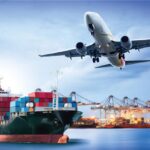





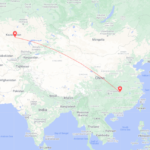
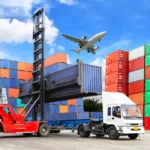
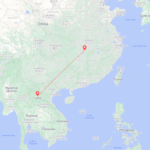
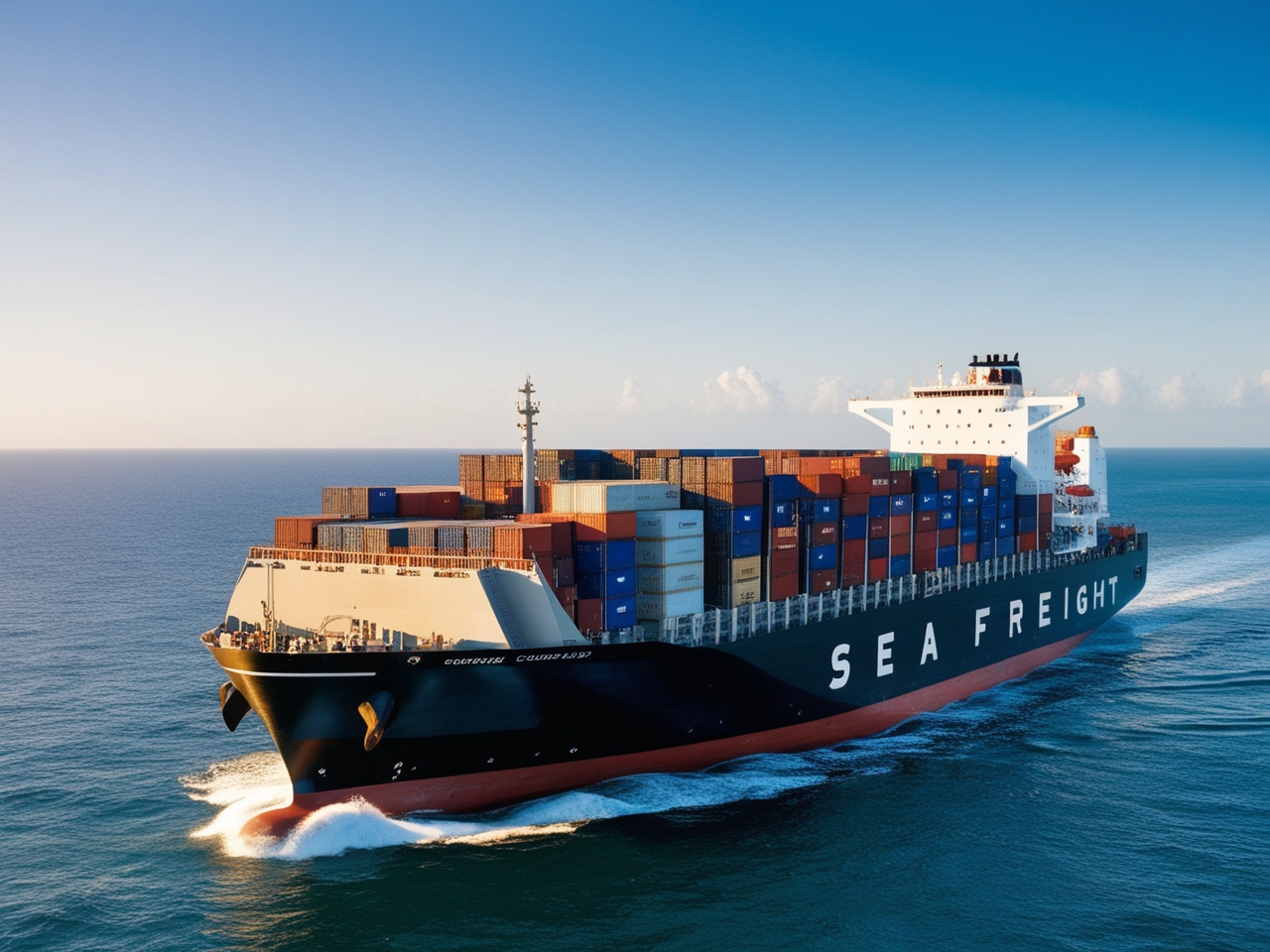
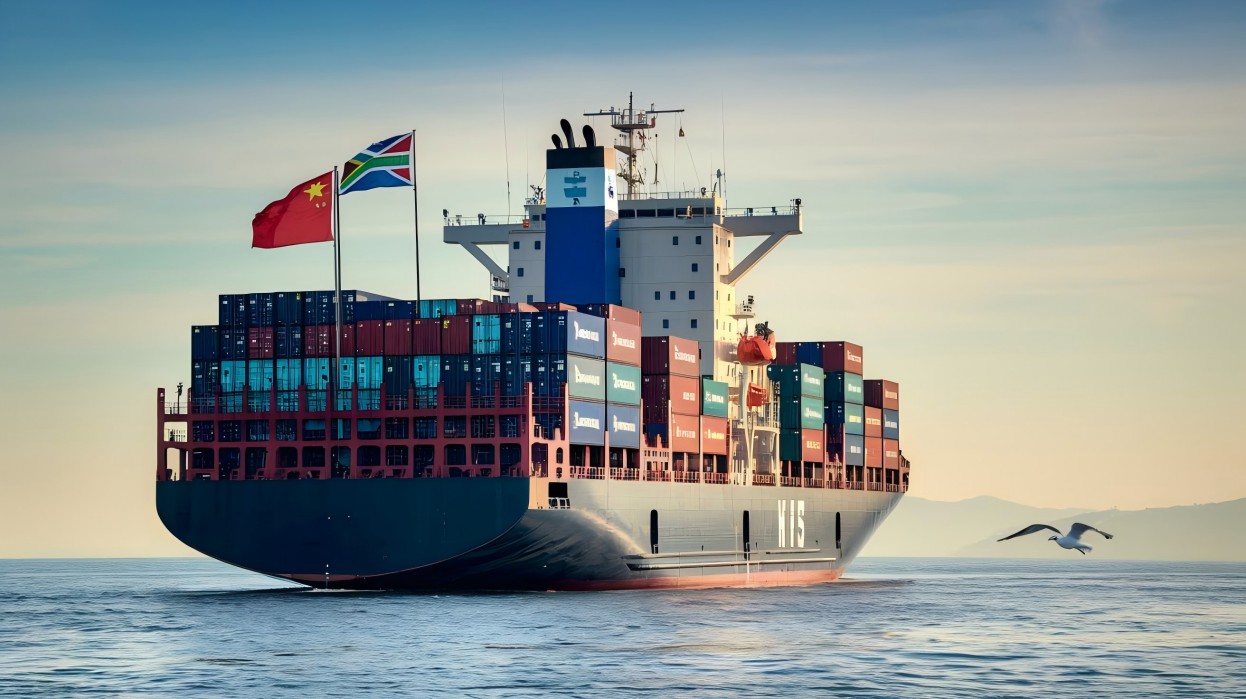
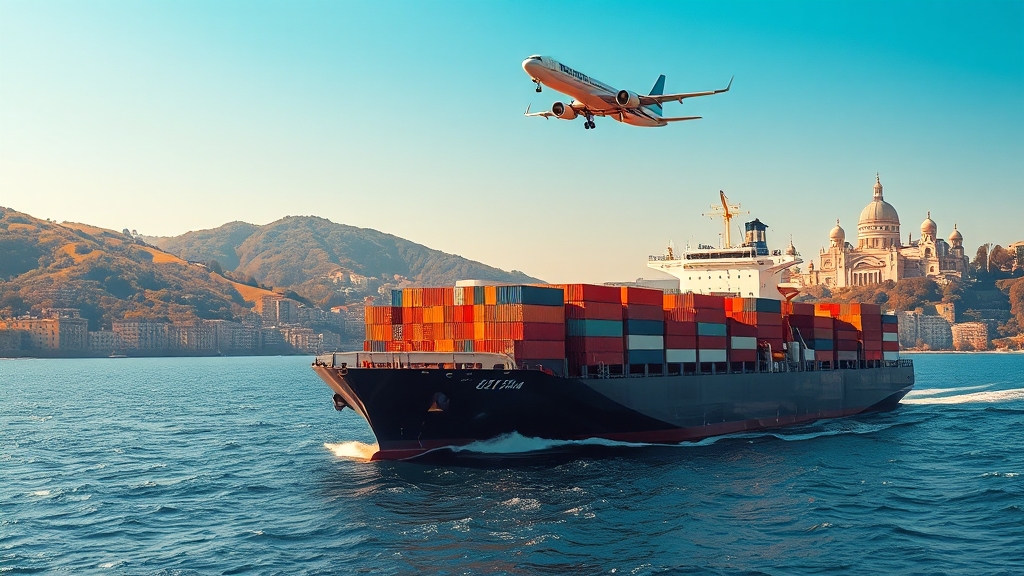
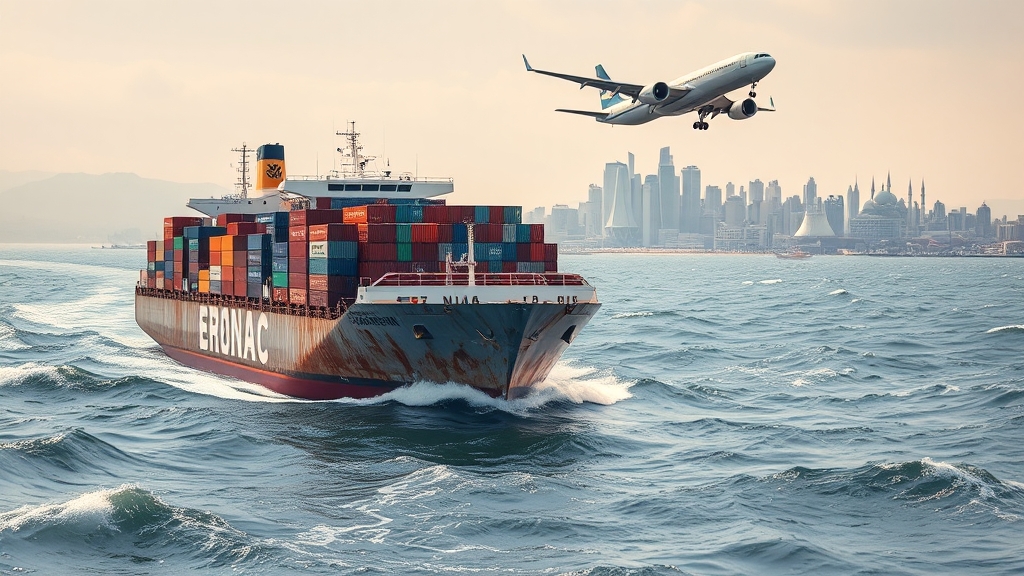
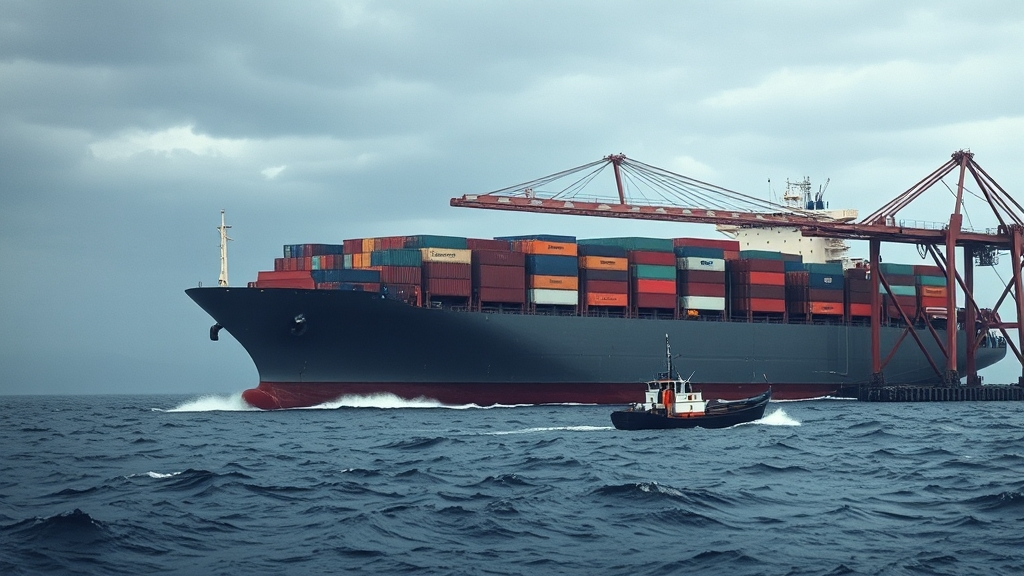





 Afrikaans
Afrikaans Shqip
Shqip አማርኛ
አማርኛ العربية
العربية Հայերեն
Հայերեն Azərbaycan dili
Azərbaycan dili Euskara
Euskara Беларуская мова
Беларуская мова বাংলা
বাংলা Bosanski
Bosanski Български
Български Català
Català Cebuano
Cebuano Chichewa
Chichewa 简体中文
简体中文 繁體中文
繁體中文 Corsu
Corsu Hrvatski
Hrvatski Čeština
Čeština Dansk
Dansk Nederlands
Nederlands English
English Esperanto
Esperanto Eesti
Eesti Filipino
Filipino Suomi
Suomi Français
Français Galego
Galego ქართული
ქართული Deutsch
Deutsch Ελληνικά
Ελληνικά Kreyol ayisyen
Kreyol ayisyen Harshen Hausa
Harshen Hausa Ōlelo Hawaiʻi
Ōlelo Hawaiʻi עִבְרִית
עִבְרִית हिन्दी
हिन्दी Hmong
Hmong Magyar
Magyar Íslenska
Íslenska Igbo
Igbo Bahasa Indonesia
Bahasa Indonesia Gaeilge
Gaeilge Italiano
Italiano 日本語
日本語 Basa Jawa
Basa Jawa ಕನ್ನಡ
ಕನ್ನಡ Қазақ тілі
Қазақ тілі ភាសាខ្មែរ
ភាសាខ្មែរ 한국어
한국어 كوردی
كوردی Кыргызча
Кыргызча ພາສາລາວ
ພາສາລາວ Latin
Latin Latviešu valoda
Latviešu valoda Lietuvių kalba
Lietuvių kalba Lëtzebuergesch
Lëtzebuergesch Македонски јазик
Македонски јазик Malagasy
Malagasy Bahasa Melayu
Bahasa Melayu മലയാളം
മലയാളം Maltese
Maltese Te Reo Māori
Te Reo Māori मराठी
मराठी Монгол
Монгол ဗမာစာ
ဗမာစာ नेपाली
नेपाली Norsk bokmål
Norsk bokmål پښتو
پښتو فارسی
فارسی Polski
Polski Português
Português ਪੰਜਾਬੀ
ਪੰਜਾਬੀ Română
Română Русский
Русский Samoan
Samoan Gàidhlig
Gàidhlig Српски језик
Српски језик Sesotho
Sesotho Shona
Shona سنڌي
سنڌي සිංහල
සිංහල Slovenčina
Slovenčina Slovenščina
Slovenščina Afsoomaali
Afsoomaali Español
Español Basa Sunda
Basa Sunda Kiswahili
Kiswahili Svenska
Svenska Тоҷикӣ
Тоҷикӣ தமிழ்
தமிழ் తెలుగు
తెలుగు ไทย
ไทย Türkçe
Türkçe Українська
Українська اردو
اردو O‘zbekcha
O‘zbekcha Tiếng Việt
Tiếng Việt Cymraeg
Cymraeg יידיש
יידיש Yorùbá
Yorùbá Zulu
Zulu